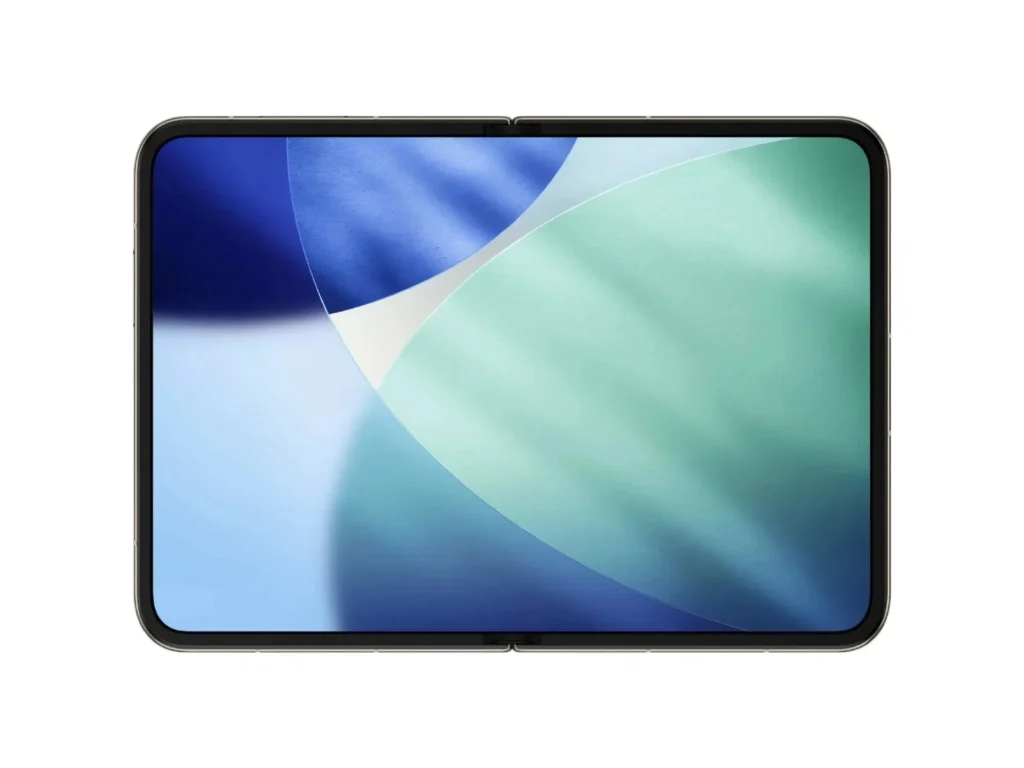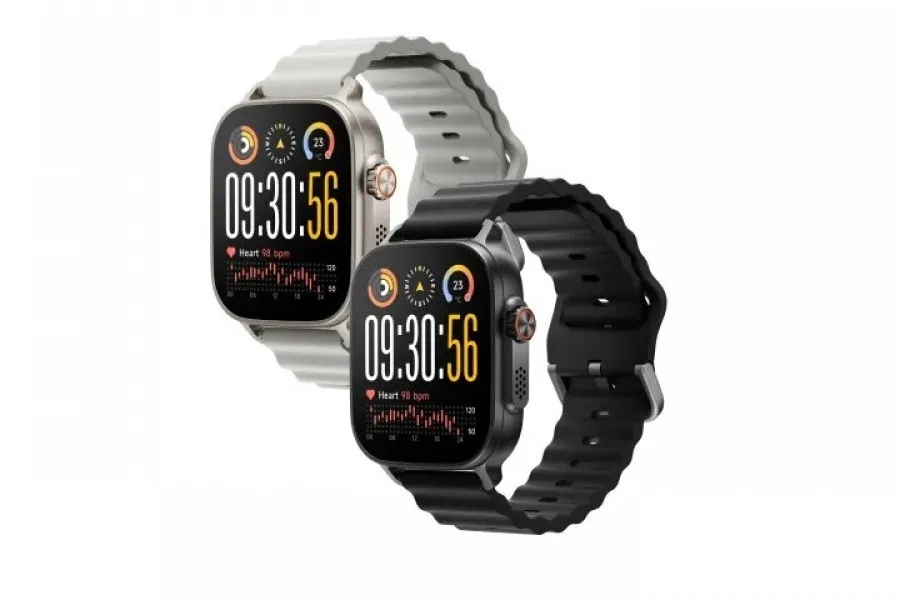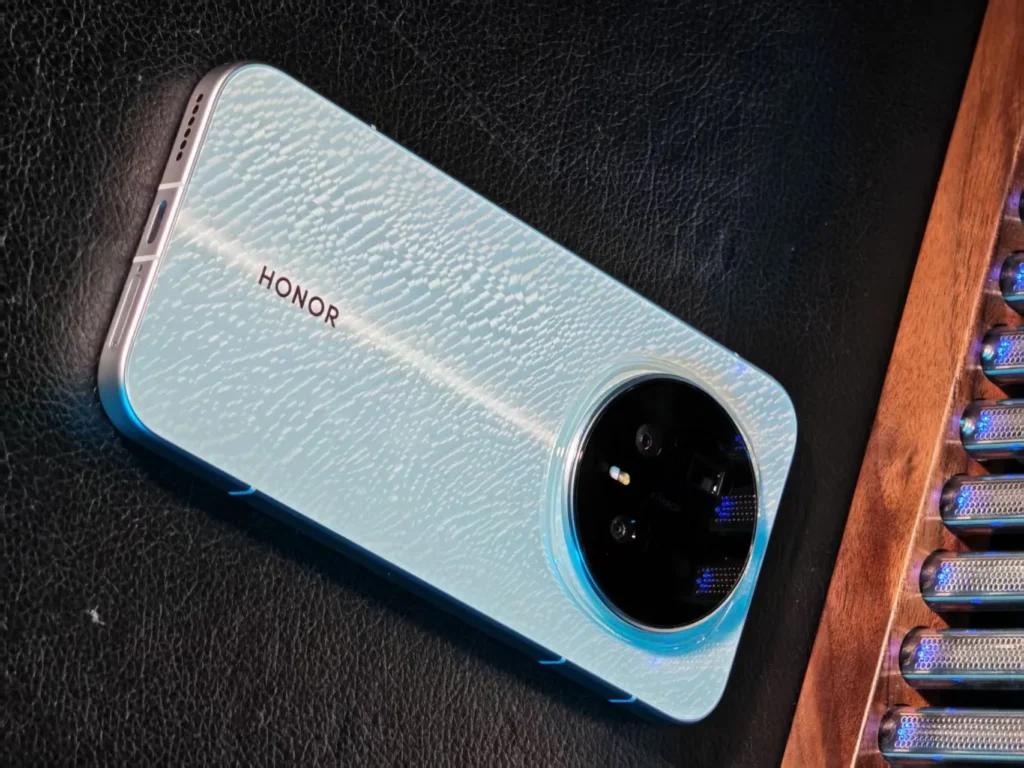Foldable iPhone: Apple Abandons Face ID for the Return of Touch ID
Apple appears ready to enter the foldable smartphone market. While Samsung’s Galaxy Z Fold and models from OPPO and Google currently dominate the segment, Cupertino is gearing up for its first foldable iPhone, with early specifications recently leaked.
According to an internal document attributed to J.P. Morgan, Apple will integrate an in-display camera — a first for the brand — and replace Face ID with a fingerprint sensor for its first Fold iPhone.
Foldable Pixel: An In-Display Selfie Camera
The document, shared by journalist Max Weinbach, discusses the comprehensive specs of the device. The foldable iPhone, currently dubbed iPhone Fold, is expected to feature a 24-megapixel selfie camera placed beneath the main display.
This technology conceals the camera sensor beneath the display pixels, allowing them to turn off or become transparent when the camera is activated. Samsung has tested this solution on the Galaxy Z Fold 6, but it suffered from image quality issues due to its 4-megapixel sensor.
In contrast, Apple plans to utilize a much higher-resolution sensor (24 megapixels), suggesting that the company has finally found a balance between discretion and image quality.
The foldable model will also include a second external selfie camera, also 24 megapixels, on the secondary display.
Goodbye Face ID, Hello Touch ID?
According to J.P. Morgan, Apple will remove the Face ID system from this foldable model, a decision likely influenced by the technical limitations of the format.
Instead, the company may reintroduce a Touch ID fingerprint sensor, either integrated into the side button or located within the display — although, according to analyst Ming-Chi Kuo, the latter option is unlikely.
This approach makes more sense for a foldable device: it allows for unlocking the phone from any orientation, whether open or closed, without needing to position one’s face in front of a sensor.
A Dual Camera System on the Back
For the main photography features, the iPhone Fold is expected to adopt a dual 48-megapixel camera system, consisting of a primary wide-angle lens without sensor-shift stabilization and an ultra-wide 48-megapixel lens.
This configuration is similar to that of the standard iPhone 17, expected next year. It confirms that Apple prioritizes sleek and lightweight design rather than a bulky camera module, even if it means sacrificing some high-end features like periscope zoom or advanced stabilization.
Launch Expected in the Second Half of 2026
J.P. Morgan’s report indicates that the first foldable iPhone is set to launch in the second half of 2026, alongside the iPhone Air 2 and the iPhone 18 Pro lineup. However, another leak from Korea suggests that the project may be delayed until 2027, possibly to refine display technology and hinge durability.
The arrival of a foldable iPhone would signify a new era for Apple, which seems finally prepared to explore this segment after years of research and patents.
However, unlike its competitors, the brand is approaching the market cautiously: with a clean design, a well-integrated in-display camera, and a smart compromise between innovation and user experience.
Face ID or Touch ID?
For a traditional iPhone, Face ID remains unmatched. But for a foldable device, Touch ID appears more logical: it operates in any configuration of the device and offers a more seamless experience.
The iPhone Fold could be the first foldable truly embodying the “Apple” ethos — elegant, thoughtfully designed, and more focused on user experience than technical demonstrations.
And with a 24-megapixel in-display camera, the brand could finally bring a technology to the mainstream that no one else has truly mastered yet.




